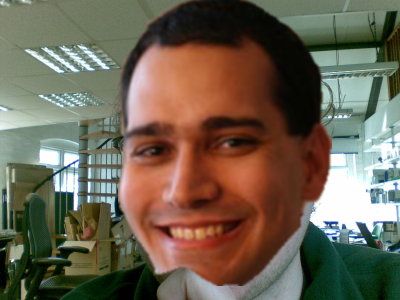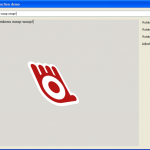tidy: they say that imitation is the sincerest form of flattery:
the actual amount of code is quite small, and it’s already available in Tidy.
challenges: Luca dared me into making a Clutter-based coverflow-like plugin for Rhythmbox, but it was Iain that picked the challenge up and wrote some basic code for it. I, on the other hand, don’t like coverflow for browsing my music collection, so I finally decided to write something for the Eye of GNOME — a Ken Burns effect slide show. it’s not at all finished, and if nobody picks it up, I’ll try and do my best to have it ready for GNOME 2.24, if EOG maintainers want it, of course. it’s not the best display of Clutter features — except the animation framework — but if you have hardware acceleration it will make slideshows look a lot nicer.
json-glib: this weekend I released the first developers snapshot of JSON-GLib 0.6; the API is stable, the test suite is rocking and this release finally fixes the last bit needed for full RFC 4627 compliance (Unicode escaping). I’m probably going to release 0.6.0 in a couple of weeks.



